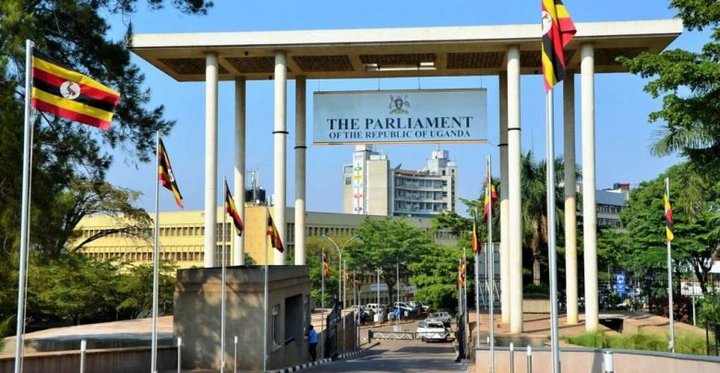Parliament to Approve Shs8.2 Trillion Borrowing Amid Soaring Public Debt

Parliament is today set to authorize a staggering Shs8.2 trillion in new borrowing, a move that signals the nation’s spiralling public debt already at Shs116.2 trillion (51.3% of GDP) and its economic implications.
According to the house order of today’s business (Order Paper), out of the 10 items, eight are for motions to authorize borrowing from various multilateral institutions.
Notable is the borrowing of USD 200 million from International Development Association of the world bank group to finance the Uganda Strengthening Public Investment and Asset management for Growth and Resilience Program (PIMPLUS). Another USD 1,341 million is to be borrowed from the same entity and grants worth USD 328.3 million to finance the under listed projects and programs.
Government also wants to borrow EUR 188.18 million from the African Development Bank and EUR 28.31 million from the African Development Funds in additional financing for the construction of Busega-Mpigi expressway project, among others.
The Shs8.2 trillion, representing 11.3% of the Financial Year 2025/2026 budget of Shs72.136 trillion, underscores the government’s growing reliance on loans to finance critical development projects and bridge budgetary gaps. As of June 2025, Uganda’s public debt stood at a colossal Shs116.2 trillion, equivalent to 51.3% of the country’s Gross Domestic Product (GDP). This marks a sharp 26.2% surge from Shs89.5 trillion in 2024, raising alarm among economists and policymakers about the sustainability of the nation’s borrowing trajectory. The external debt accounts for Shs55.9 trillion (48.1%) and domestic debt at Shs60.3 trillion (51.9%). This balance reflects Uganda’s dependence on both international lenders and domestic financial markets to fuel its ambitious development agenda.
The proposed borrowing comes at a time when the 2025/2026 budget reveals a delicate fiscal balancing act. Domestic revenue is projected at Shs37.2 trillion, covering 51.6% of the budget, while external financing, including loans and grants, constitutes Shs34.9 trillion (48.4%).
Critics argue that the heavy reliance on borrowing risks crowding out private sector investment and increasing debt servicing costs, which already consume a significant portion of the national budget. In the last financial year, debt servicing accounted for over 30% of recurrent expenditure, squeezing funds for essential services like healthcare and education.
Ministry of Finance has always defended the borrowing, citing the need to fund infrastructure projects, energy development, and social programs critical to achieving Uganda’s Vision 2040.
Header advertisement
However, Timothy Chemonges, the Executive Director of Center for Policy Analysis (CEPA) sounded caution saying the public debt exceeding the 50% threshold of the Gross Domestic Product (GDP) is already problematic.
“Though the Ministry of Finance officials suggest that our public debt is still sustainable, exceeding 50% of our GDP paints a different picture,” said Mr. Chemonges.
He also mentioned the failure to utilize some of the already debts from the multilateral institutions.
“We also still have a significant challenge in the utilization of the borrowed funds,” he said.
According to the latest Annual Debt Statistical Bulletin and Public Debt Portfolio Analysis published by the Directorate of Debt and Cash Policy, the undisturbed debt is Shs11.8 trillion.
As Uganda navigates this delicate economic juncture, the government faces the daunting task of balancing development aspirations with fiscal prudence to avoid a debt crisis that could jeopardize future generations









0 Comments